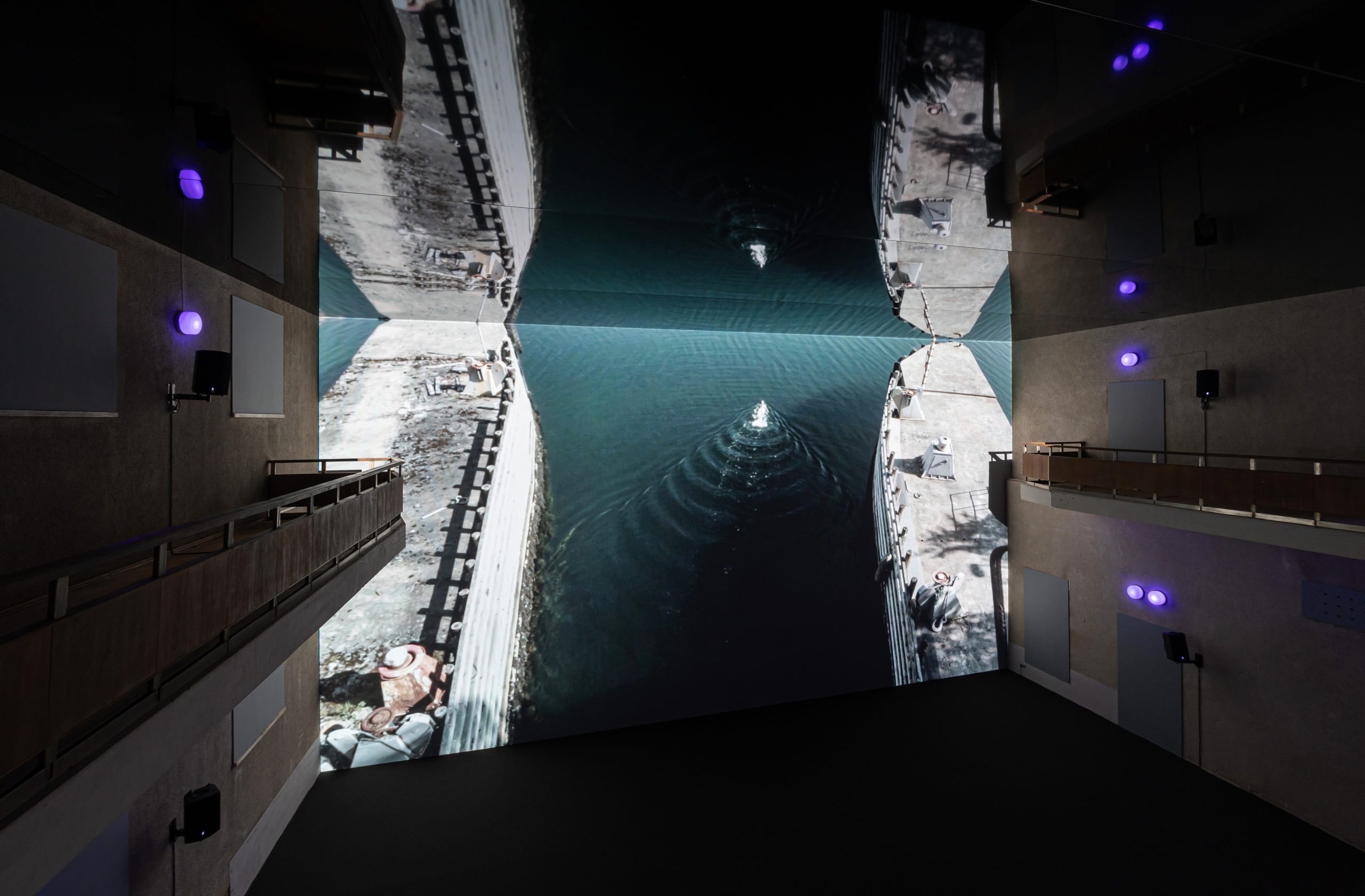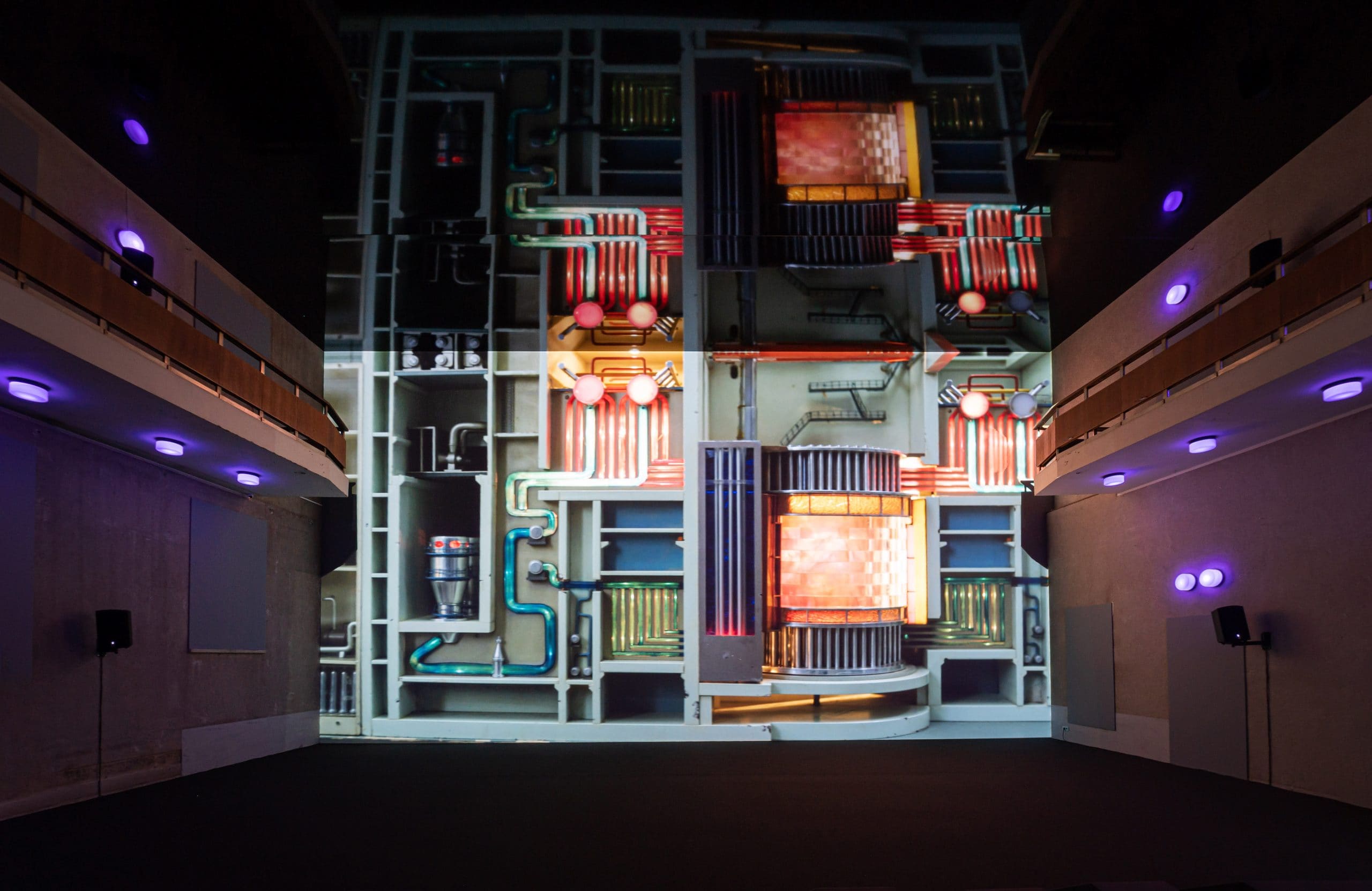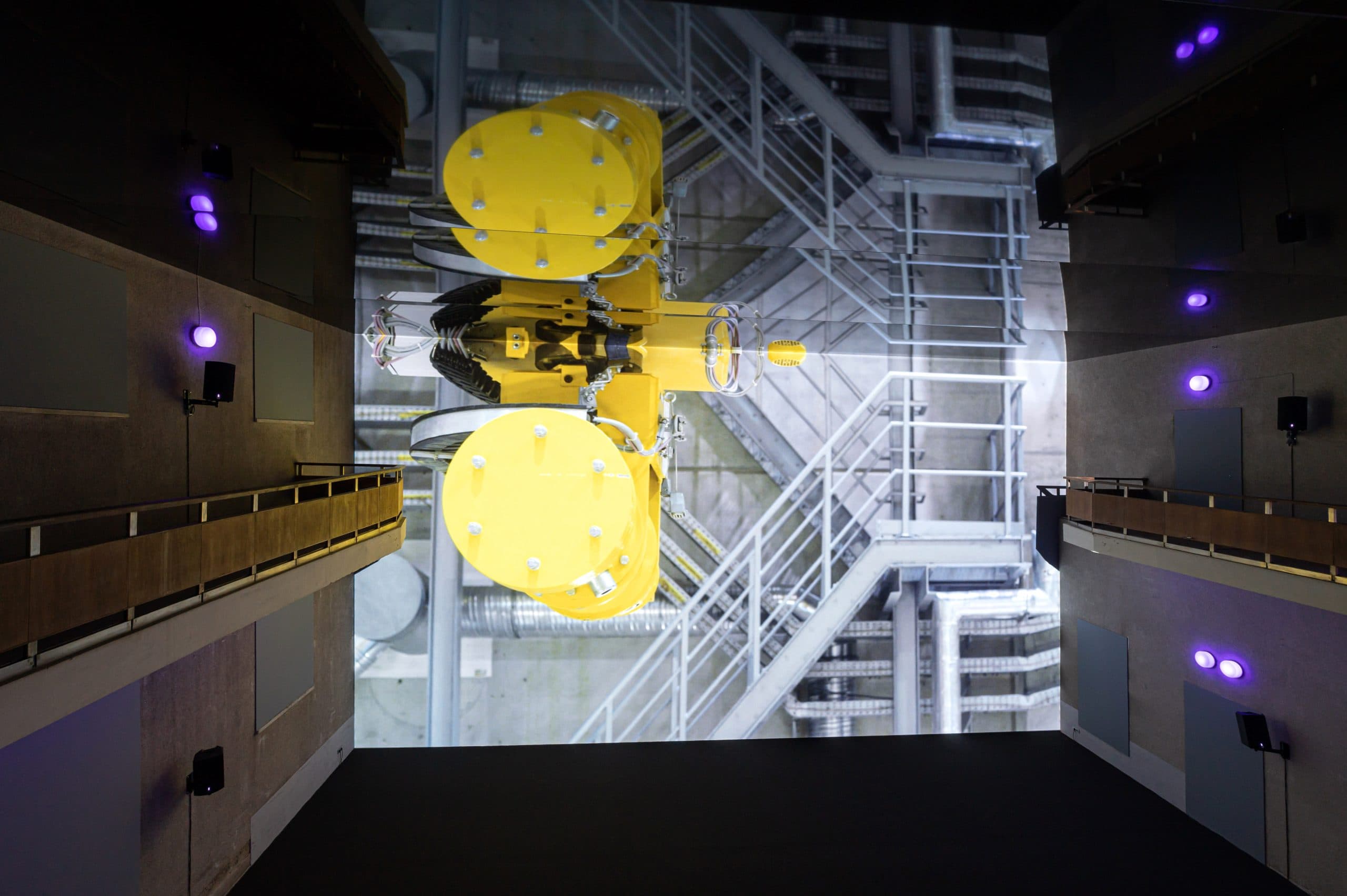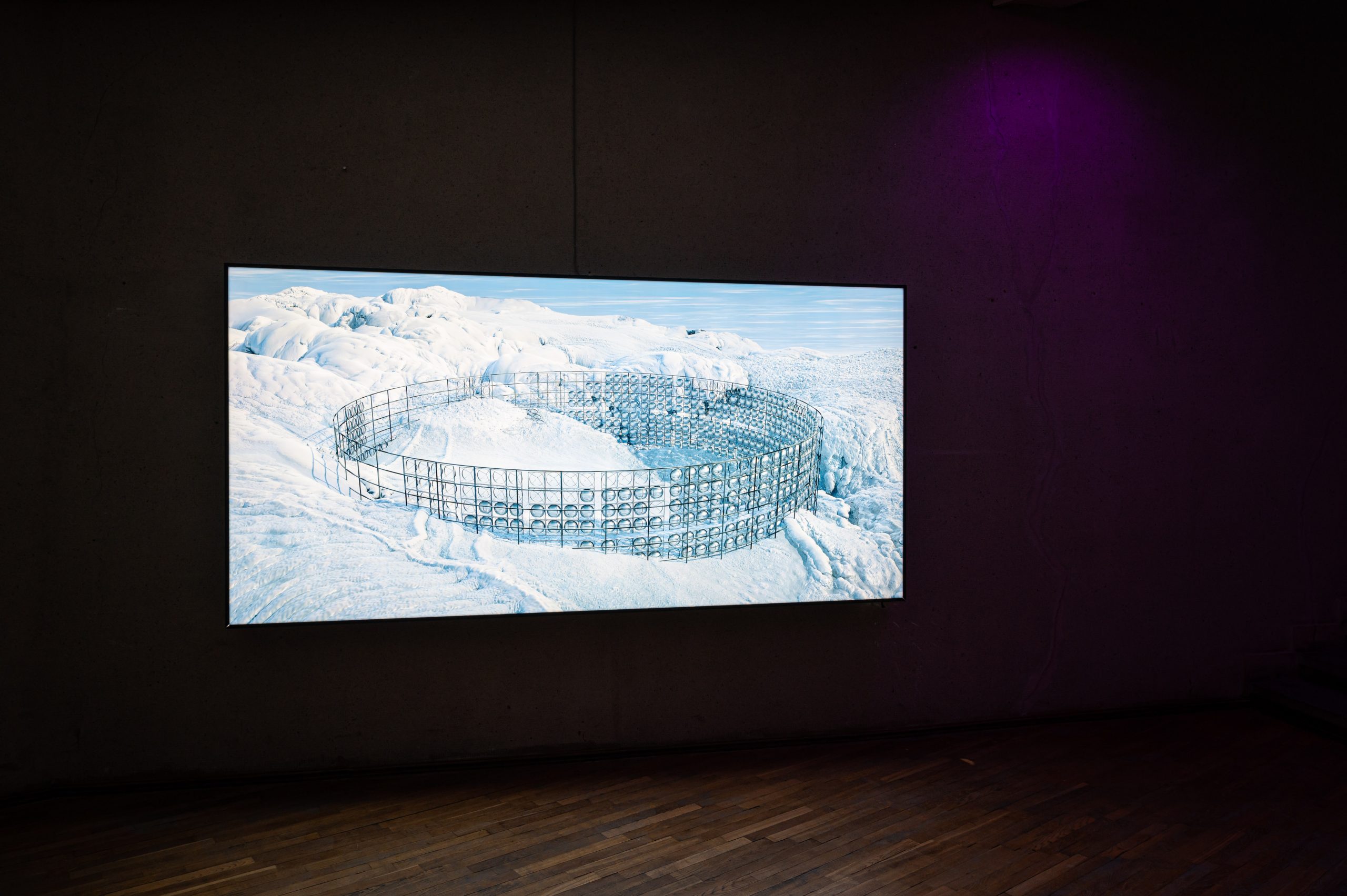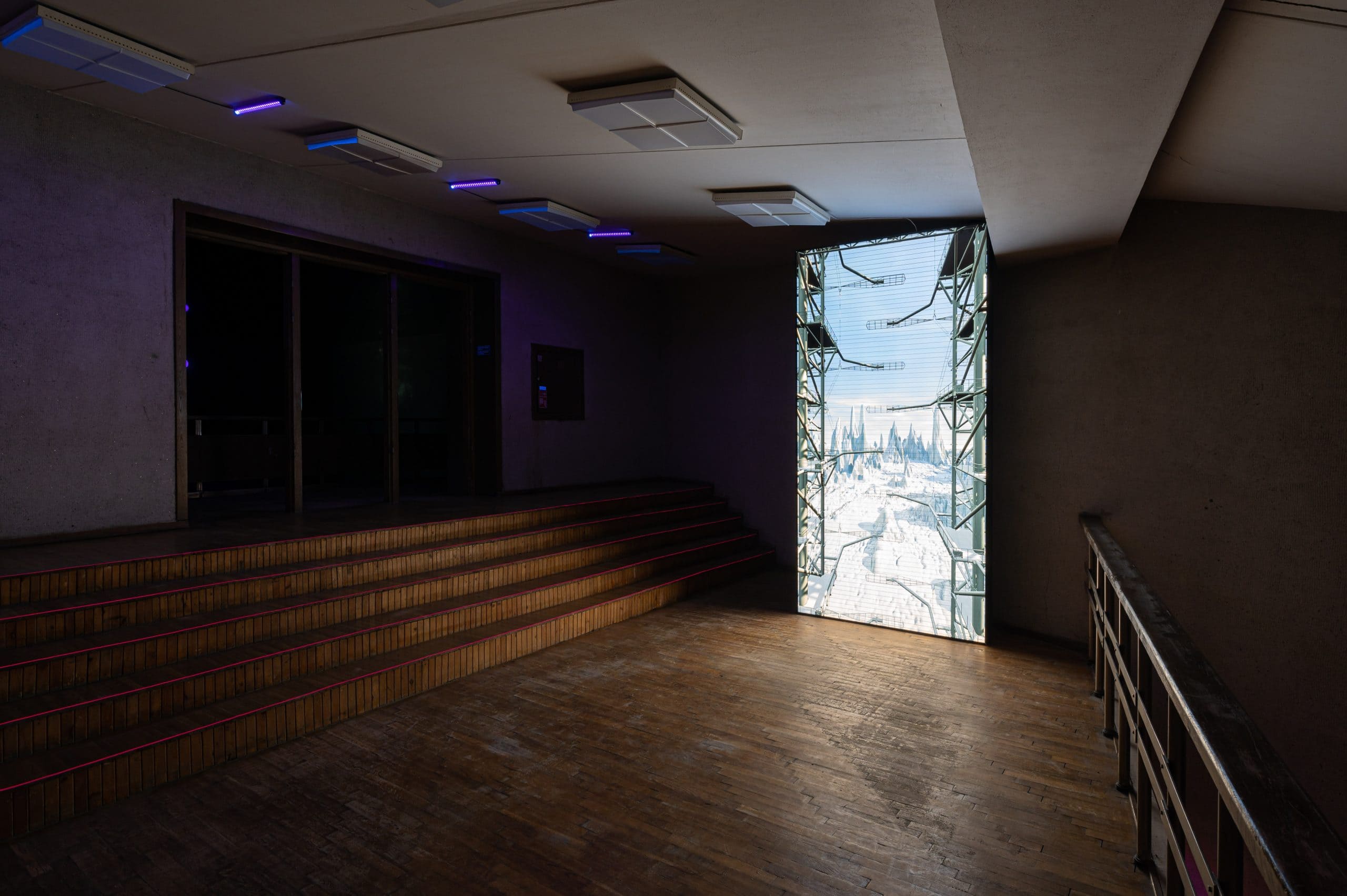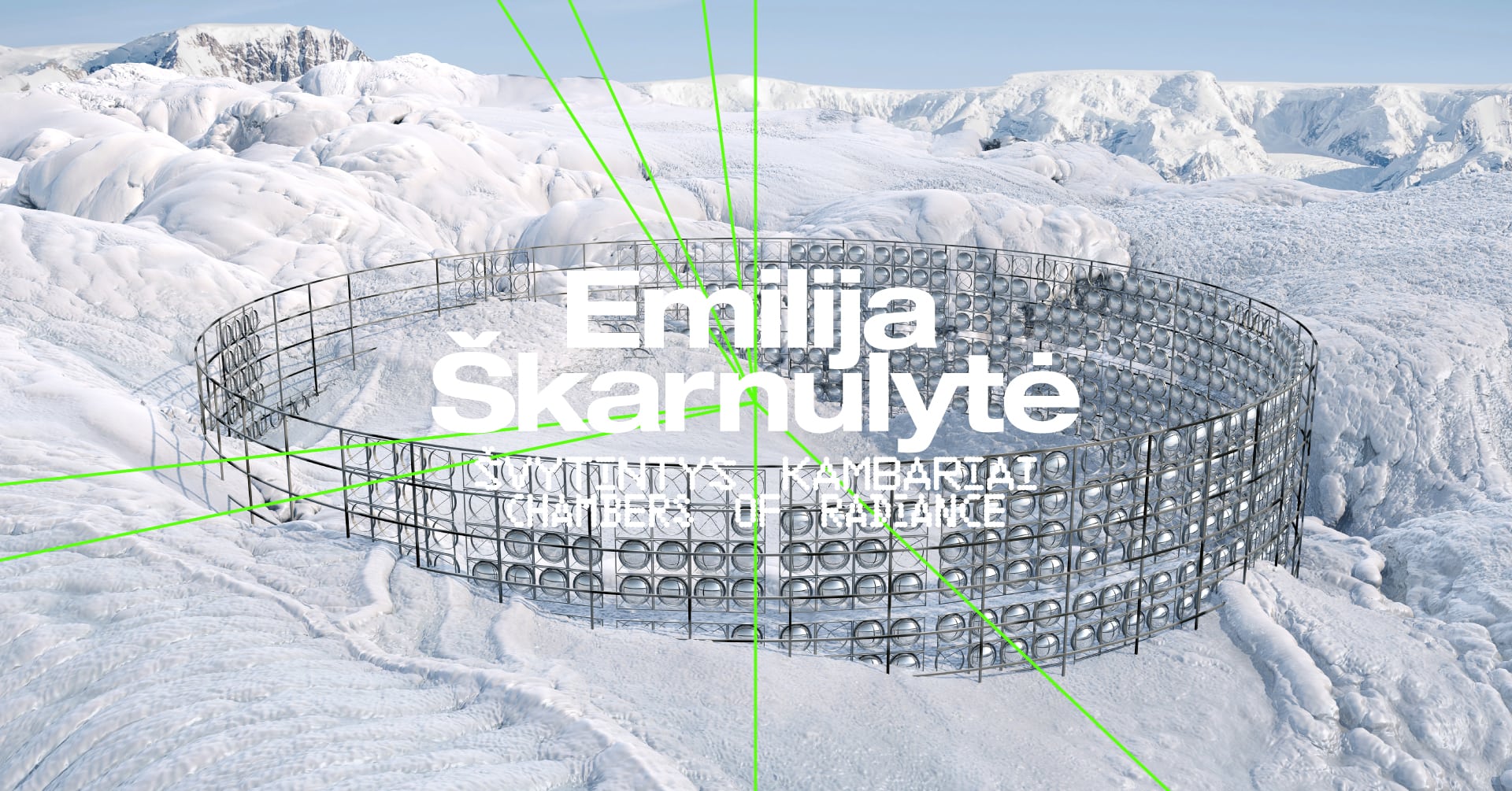
- - MASP EXHIBITION - VIDEO ROOM: EMILIJA ŠKARNULYTĖ (BR), 10.10.2025 - 11.23.2025
- - THE NEW ORCHESTRA. GROUP SHOW AT MUSEO DELLA MONTAGNA (IT), 30.10.2025 - 31.05.2026
- - BALTIC | ESCAPING WITH ČIURLIONIS SYMPOSIUM AT YALE MACMILLAN CENTER (US), 30-31.10.2025
- - SOLO SHOW: EMILIJA ŠKARNULYTĖ - KUNSTHAUS GRAZ (AT), 08.11.2025 - 15.02.2026
- - MARINE ECOLOGIES EXHIBITION AT BALTIC (UK), 8.11.2025 - 03.05.2026
- - MUNCH TRIENNIAL ‘ALMOST UNREAL’ (NO), 15.11.2025 - 22.02.2026
- - SOLO SHOW AT TATE ST IVES (UK), 06.12.2025 - 12.04.2026
- - IMMERSIVE SINGLE-CHANEL PIECE BY EMILIJA ŠKARNULYTĖ (CH), 22.08.2026 - 08.11.2026

- Riparia
- Hypoxia
- Penumbra, Fondazione in Between Art Film, 2022
- Chambers of Radiance, Radvila Palace Museum of Art, 2022
- Eternal Return, Tate Modern, 2021
- t 1/2, Den Frie Centre of Contemporary Art, 2021
- Sunken Cities, Kunsthaus Pasquart, 2021
- Circular Time. For Aleksandra Kasuba, National Gallery of Art, 2021
- Chambers of Radiance, The PinchukArtCentre, 2020
- Screen City Biennial, 2019

Emilija Škarnulytė is a Lithuanian-born artist and filmmaker. Working between the realms of the documentary and the imaginary, Škarnulytė makes films and immersive installations exploring deep time and invisible structures. She works in realms that range from the cosmic and geological to the ecological and political.
She most recently presented works at MoMA PS1, Palais de Tokyo, Louisiana MoMA, Villa Medici, MORI Art Museum, Kiasma, Gwangju Biennale, Helsinki Biennale, Penumbra. Her work was presented in solo exhibitions at Kunsthall Trondheim (2024), Canal Projects, NYC (2024), Kunsthaus Göttingen (2024) Ferme-Asile, Sion (2023); Kunsthaus Pasquart, Biel/Bienne (2021); Den Frie, Copenhagen (2021); National Gallery of Vilnius (2021); Künstlerhaus Bethanien, Berlin (2017); Contemporary Art Centre CAC of Vilnius (2015). An upcoming show at Tate St Ives will open in October 2025.
Prizes awarded to her include the 2023 Ars Fennica Award and the 2019 Future Generation Art Prize. She represented Lithuania at the XXII Triennale di Milano and participated in the Baltic Pavilion at the 2018 Venice Architecture Biennale. She has films in the collections of the Centre Pompidou, Kadist Foundation, Kiasma, Fondazione in between Art and Film, IFA, HAM, FRAC Corsica, LNMA, MO Museum, and private collections. Her works have been screened at the Tate Modern and Serpentine Gallery in London, Centre Pompidou in Paris, Museum of Modern Art in New York, and numerous film festivals, including Oberhausen, Visions du Réel, Rotterdam, Busan, among many others.
She is a founder and currently co-directs Polar Film Lab, a collective for analogue film practice located in Tromsø, Norway and is a member of the artist duo New Mineral Collective.



Radvila Palace Museum of Art, Vilnius, Lithuania
2022 02 10 – 2024 02 10
Emilija Škarnulytė’s solo exhibition Chambers of Radiance is centred on one of the artist’s most famous works, t ½, which won the 2019 Future Generation Art Prize of the Kyiv Centre for Contemporary Art. Exploring posthumanist mythology, the impressively large audiovisual installation draws attention to issues of the nature-human interface, climate change and nuclear energy – topics that are particularly relevant today.
The work t ½ is a fictional visual meditation on contemporary science from an archaeological future perspective. Reflecting on Škarnulytė’s work, cultural researcher Alison Sperling asks: “What would an alien archaeologist tell about our history if confronted with the atomic and technological ruins of the 21st century?” The exhibition invites us to experience the world through the futuristic lens of such an alien archaeologist. Part of the piece was shot in Lithuania, at the decommissioned Ignalina Nuclear Power Plant, and part in the canals of nuclear submarines in the Arctic Circle. The video also captures the Super-Kamiokande neutrino observatory in Japan and the particle accelerator at CERN in Switzerland. The installation is complemented by two works, Future Fossil I and Future Fossil II, featuring computer-graphic images of the over-the-horizon radar Duga and the neutrino observatory Super-Kamiokande.
